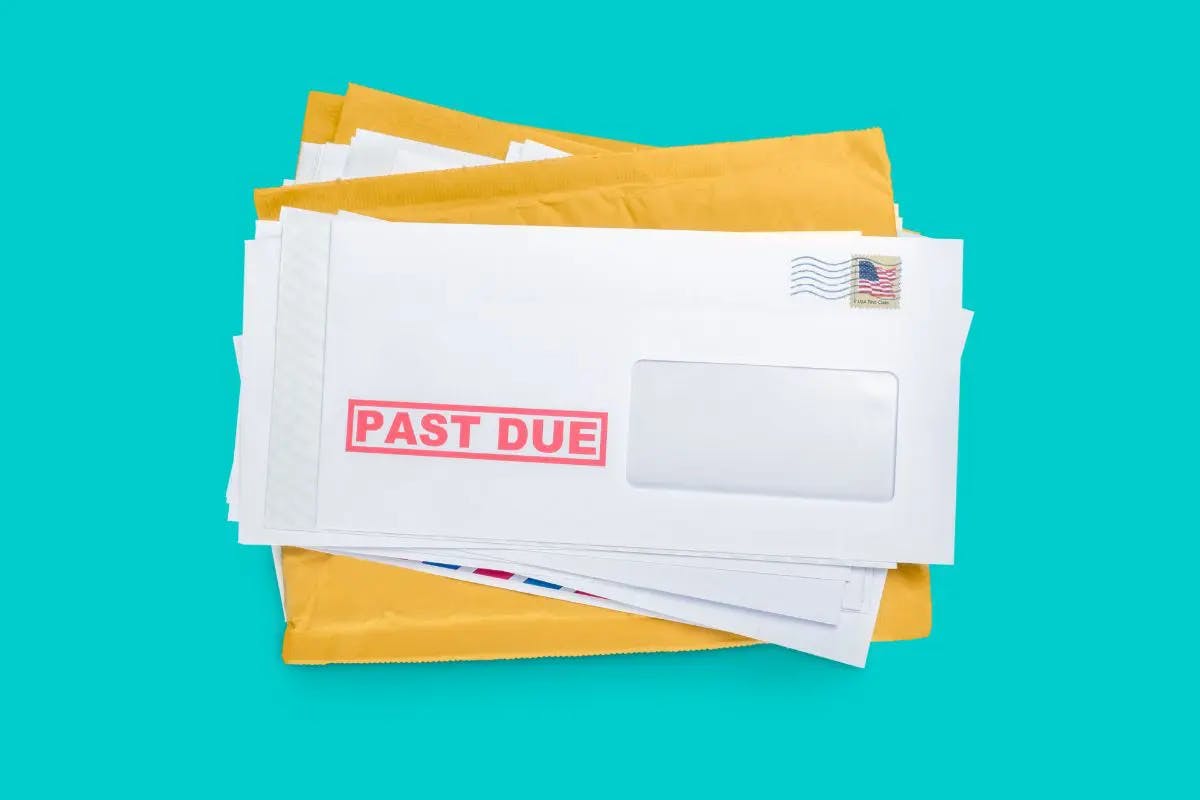The Ultimate Guide to Credit Card Billing Cycles in Canada
By Arthur Dubois | Published on 23 Nov 2022

If you own a credit card, it is very important that you understand how its billing cycle works. In general, billing cycles determine which purchases will appear on any given statement and affect your payment deadlines. As a result, they can also have a big impact on your financial obligations, so understanding them can help you plan ahead and manage your money more effectively.
Billing cycle basics
Once per month, credit card providers send cardholders a statement that details all of the purchases and credits associated with the credit account. It identifies whether or not you have carried a balance over from the previous month (and if so, what the interest payment is), and informs you of this month’s minimum payment amount and the due date.
This monthly statement generally arrives around the same time each month — it may always be on the last day of the month, it may be based upon the date that you opened your credit card, or it may be another date chosen by either you or the card provider. Simply put, your billing cycle refers to the process of a new statement period beginning and ending; one iteration of the cycle ends when you receive a statement.
Statement closing date
Exact statement closing dates will vary from credit card to credit card, but they all have one thing in common: they affect your interest-free grace period. Although credit card purchases are subject to significant interest rates (even low-interest credit cards have annual interest rates of around 9-13%), all Canadian issuers must provide a minimum 21-day interest-free grace period after your statement closing date.
If you pay off the credit card balance in full within this timeframe, you will not be charged any interest. If you do not pay the full amount back in time, you may be charged back-interest from the date that each purchase was made. Depending on your card provider, you may even be charged interest on the entire purchase amount when you partially pay the credit card balance off.
Interest-free grace period
Most Canadian credit cards provide a 21-day interest-free grace period, which is the minimum requirement by law. However, American Express credit cards have a small quirk. Although these cards also have a 21-day grace period, if you do not make a payment by the deadline, the subsequent billing cycle will have a 25-day grace period.
This can be useful if you find yourself in a difficult situation and are struggling to keep your finances on track. However, you should not miss payments just to extend the following month’s grace period. At the very least, you should always meet your credit card’s minimum payment. Ideally, you should pay off as much of the balance as possible to avoid unnecessary credit card interest charges.
What does a credit card billing cycle look like?
If all these timeframes are making your head spin, you’re not alone. It can be confusing to figure out exactly what is due and when. To make things a bit more concrete, we’ve put together a sample billing cycle:
| Description | Date |
| Statement opening date | August 1 |
| Statement closing date | August 31 |
| Statement mailed out | August 31 |
| Credit card billing due date (interest-free grace period ends) | September 21 |
In the example provided above, the cardholder would have to pay off their balance in full by September 21st or would face significant interest charges. Please note that while our sample billing period perfectly corresponded with the month of August, real-life billing cycles may begin at any point in the month.
A credit card billing cycle can have big implications
No one likes to think about bills, but having a thorough understanding of your credit card’s billing cycle (and by extension, when the interest-free grace period ends) can save you a lot of money and frustration down the line.
Timing a big purchase
If you are not able to fully pay down a particular essential purchase right away but can save up enough money by the subsequent cycle’s due date to fully cover the expense, you may wish to delay your purchase date until the start of the next billing cycle. That way, you will not have to worry about making any interest payments.
Your credit score
Understanding your billing cycle can help you avoid credit score dips, too. It can be easy to set aside your credit card statement when it first arrives, but with so many important messages constantly coming in, you may forget to make a payment by the due date.
Of course, if this causes you to miss a payment, it would be wise to evaluate your financial habits and create a system that works for you and ensures that you will make minimum payments on time. However, a basic understanding of your specific card’s billing cycle can prevent missed payments.
For example, if you know that you have to make a minimum payment by the 12th of each month, you can get into the habit of double-checking your payment history near the beginning of each new month.
It is very important to understand how your credit card’s billing cycle works. If you are still unsure about anything, be sure to check out our list of frequently asked questions.
